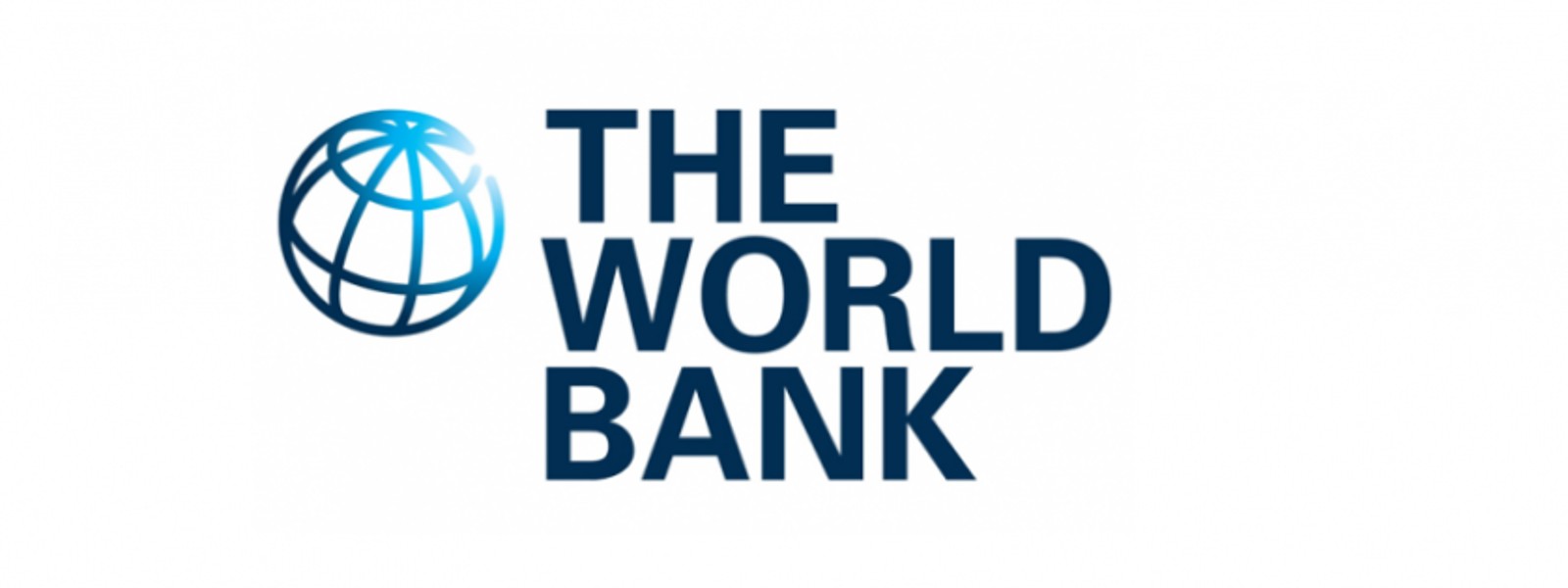.webp)

FDI to Developing Nations Hits 20-Year Low
COLOMBO (News 1st); Foreign direct investment (FDI) into developing economies has plunged to its lowest level since 2005, according to new research from the World Bank.
The decline, driven by rising trade and investment barriers, poses a serious threat to global efforts to finance development and lift living standards.
In 2023, the latest year for which data are available, developing economies received just $435 billion in FDI—the lowest level since 2005.
That coincides with a global trend in which FDI flows into advanced economies have also slowed to a trickle: high-income economies received just $336 billion in 2023, the lowest level since 1996.
As a share of their GDP, FDI inflows to developing economies in 2023 were just 2.3 percent, about half the number during the peak year of 2008.
World Bank Chief Economist Indermit Gill attributed the decline to restrictive public policies: "It’s not a coincidence that FDI is plumbing new lows at the same time that public debt is reaching record highs. Private investment will now have to power economic growth, and FDI happens to be one of the most productive forms of private investment. Yet, in recent years governments have been busy erecting barriers to investment and trade when they should be deliberately taking them down. They will have to ditch that bad habitt."
The slowdown comes at a critical time. From June 30 to July 3, global leaders will gather in Seville, Spain, for the Conference to discuss how to mobilize the financing that will be needed to achieve key global and national development goals.
Investment treaties tend to boost FDI flows between signatory states by more than 40%, the analysis finds. Between 2010 and 2024, just 380 new investment treaties came into force, barely a third of the 1990s number. Similarly, the report finds that countries that are more open to trade tend to receive more FDI—an extra 0.6% in FDI for each percentage-point increase in the trade-to-GDP ratio. However, the number of new trade agreements signed over the past decade dropped in half—from an average of 11 per year in the 2010s to just six in the 2020s.
In 2023, FDI accounted for roughly half of the external financing flows received by developing economies. Under the right conditions, it is a strong spur to economic growth: analysis of data from 74 developing economies between 1995 and 2019 suggests that a 10% increase in FDI inflows generates a 0.3% increase in real GDP after three years. The impact is nearly three times larger—up to 0.8%—in countries with stronger institutions, better human capital, greater openness to trade, and lower informality. By the same token, the effect of FDI increases is much smaller in countries that lack such features.
FDI tends to be concentrated in the largest economies. Between 2012 and 2023, about two-thirds of FDI flows to developing economies went to just 10 countries, with China receiving nearly a third of the total and Brazil and India receiving roughly 10% and 6% respectively. The 26 poorest countries received barely 2% of the total. Advanced economies, moreover, accounted for nearly 90% of the total FDI in developing economies over the past decade. About half of that came from just two sources: the European Union and the United States.
The report identifies three policy priorities for developing economies.
First, redouble efforts to attract FDI. Easing FDI restrictions that have accumulated over the last decade would be a good start. So would speeding up improvements in the investment climate, which have stalled in many countries over the past decade. Strong macroeconomic outcomes—healthy growth and rising labor productivity—also help accelerate FDI flows, the analysis shows. An increase of 1% in a country’s labor productivity, for example, is associated with an increase of 0.7% in FDI inflows.
Second, amplify the economic benefits of FDI. Promoting trade integration, improving the quality of institutions, fostering human capital development, and encouraging more people to participate in the formal economy increase the benefits of FDI. Governments can also amplify the benefits by channeling FDI to sectors where the impact is greatest. FDI can also help increase job opportunities for women: the domestic affiliates of multinational enterprises, for example, tend to have a higher share of female employees than domestic firms.
Third, advance global cooperation. All countries should work together to accelerate policy initiatives that can help direct FDI flows to developing economies with the largest investment gaps. Especially in a time of high geopolitical tensions, the World Bank and other international institutions have a crucial role to play in supporting a rules-based order. Technical and financial assistance to support structural reform efforts in developing countries—especially low-income countries—are critical for facilitating FDI inflows. The World Bank Group, the world’s largest development bank, is playing a key role in mobilizing private capital—by creating instruments that lower financial risks for investors, by helping to improve market conditions in developing economies, and by scaling up its engagement with the private sector.
Other Articles
Featured News





.png )
-795024_550x300.jpg)



-794976_550x300.jpg)
-794863_550x300.jpg)

-794314_550x300.jpg)
-794302_550x300.jpg)
-794296_550x300.jpg)
-794290_550x300.jpg)
-792874_550x300.jpg)
















.gif)